Home>Others>Eco-Friendly Products>How To Use A Plastic Compost Bin
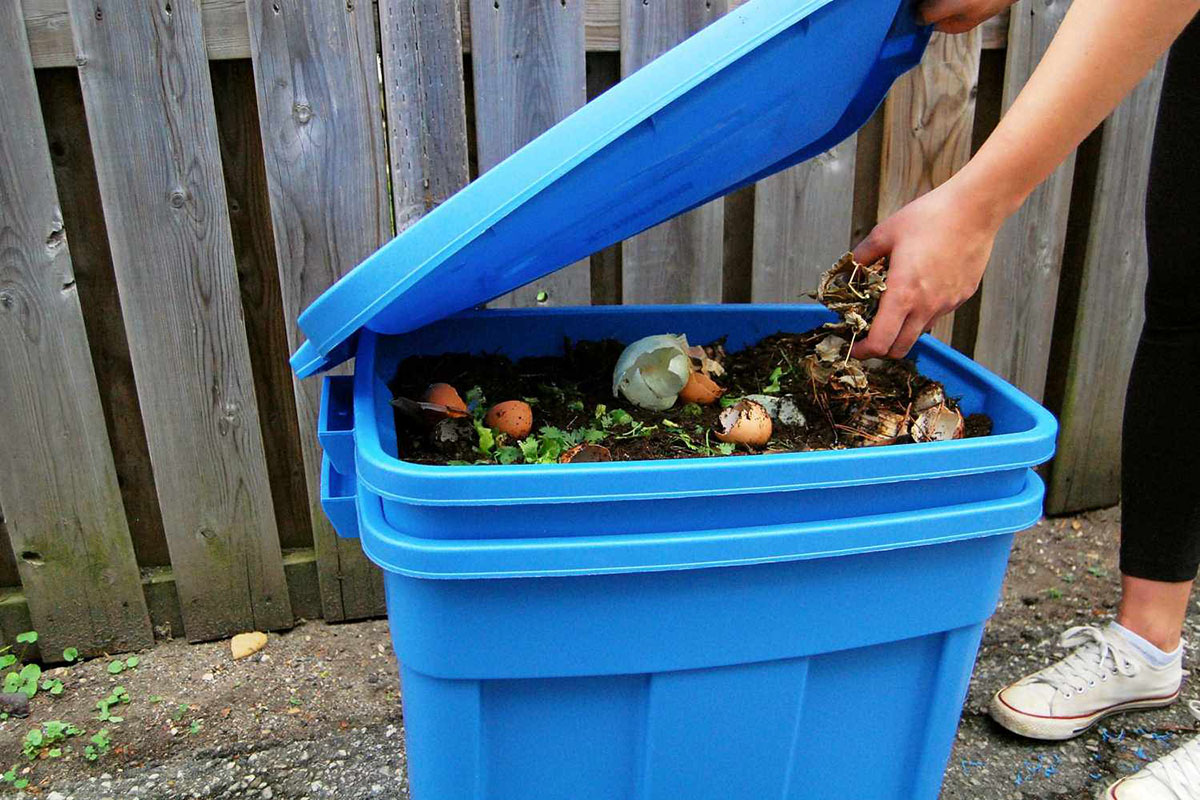

Eco-Friendly Products
How To Use A Plastic Compost Bin
Modified: January 14, 2024
Learn how to use an eco-friendly plastic compost bin to reduce waste and create nutrient-rich soil for your garden. Discover the benefits of composting at home.
(Many of the links in this article redirect to a specific reviewed product. Your purchase of these products through affiliate links helps to generate commission for Storables.com, at no extra cost. Learn more)
Introduction
Welcome to the world of eco-friendly composting! If you're looking for a sustainable way to reduce waste and enrich your garden, using a plastic compost bin is an excellent choice. Composting is a natural process that transforms organic waste into nutrient-rich soil amendment, known as compost. By diverting kitchen scraps, yard waste, and other organic materials from landfills, you can contribute to a healthier environment while reaping the benefits of homemade compost for your plants.
In this comprehensive guide, we will explore the essential steps for effectively using a plastic compost bin. Whether you're a seasoned gardener or a novice enthusiast, mastering the art of composting can be a rewarding and fulfilling endeavor. From choosing the right location for your compost bin to harvesting and using the finished compost, we'll cover everything you need to know to create high-quality compost for your gardening needs.
So, roll up your sleeves, grab your compost bin, and let's embark on this eco-friendly journey together. Get ready to harness the power of nature's recycling system and witness the transformation of organic waste into "black gold" for your garden. Let's dive into the world of composting with a plastic bin and discover the wonders it holds for both the environment and your plants.
Key Takeaways:
- Embrace the eco-friendly journey of composting with a plastic bin to transform kitchen and yard waste into nutrient-rich “black gold” for your garden, reducing waste and nurturing a sustainable environment.
- Choose the perfect location, add the right materials, and actively maintain your compost pile to create high-quality compost, enrich your garden, and contribute to a healthier, more vibrant outdoor ecosystem.
Choosing the Right Location
Before diving into the composting process, it’s crucial to select an optimal location for your plastic compost bin. The right placement will not only facilitate the composting process but also ensure convenience and efficiency in managing your compost. Here are key considerations for choosing the perfect spot:
- Sunlight: Position the compost bin in an area that receives partial sunlight. While some sunlight is beneficial for the decomposition process, excessive heat can dry out the compost. Aim for a balance to maintain the ideal moisture level within the bin.
- Accessibility: Select a location that is easily accessible for adding materials, turning the compost, and harvesting the finished product. Accessibility will make the composting tasks more manageable and encourage regular maintenance.
- Drainage: Ensure that the chosen spot has adequate drainage to prevent waterlogging. Proper drainage is essential for maintaining the right moisture level in the compost pile, promoting aerobic decomposition, and preventing foul odors.
- Proximity to Garden: If possible, place the compost bin near your garden or the area where you plan to use the finished compost. This proximity will make it convenient to enrich your soil with nutrient-rich compost, fostering a seamless gardening experience.
- Air Circulation: Opt for a location with good air circulation. Sufficient airflow is vital for the composting process, as it facilitates aerobic decomposition and helps prevent the development of anaerobic conditions, which can lead to unpleasant odors.
By carefully considering these factors, you can identify an ideal location that promotes the efficient decomposition of organic materials while integrating composting seamlessly into your gardening routine. With the right location secured, you’re ready to embark on the next steps of composting with your plastic bin.
Adding Materials to the Bin
Now that you’ve chosen the perfect spot for your plastic compost bin, it’s time to start filling it with organic materials that will undergo the miraculous transformation into nutrient-rich compost. Understanding the types of materials to add and how to layer them effectively is key to achieving a balanced and productive compost pile. Here’s a comprehensive guide to adding materials to your compost bin:
- Green Materials: These include nitrogen-rich materials such as fruit and vegetable scraps, coffee grounds, grass clippings, and plant trimmings. Green materials provide essential nutrients and moisture to the compost pile, contributing to the decomposition process.
- Brown Materials: Carbon-rich brown materials, such as dry leaves, straw, shredded paper, and cardboard, act as the "bulk" of the compost pile. They provide structure, absorb excess moisture, and balance the carbon-to-nitrogen ratio, promoting efficient decomposition.
- Avoid: Refrain from adding meat, dairy, oily foods, and pet waste to the compost bin, as these can attract pests and create unpleasant odors. Additionally, avoid adding materials treated with pesticides or herbicides, as they can disrupt the natural decomposition process.
- Layering: To optimize the decomposition process, layer green and brown materials alternately. Aim for a balanced mix of approximately 2 parts brown materials to 1 part green materials. This layering technique helps create an ideal environment for microbial activity and decomposition.
- Moisture: Ensure that the compost materials are moist, similar to a wrung-out sponge. Regularly monitor the moisture level and add water as needed to maintain adequate dampness. Proper moisture is crucial for microbial activity and the breakdown of organic matter.
By following these guidelines and regularly adding a diverse mix of organic materials to your compost bin, you’ll set the stage for the gradual transformation of kitchen and yard waste into dark, crumbly compost. As the materials break down, the composting process will unfold, culminating in a valuable soil amendment that will nourish your plants and contribute to a thriving, sustainable garden.
Turning and Aerating the Compost
As your compost pile begins its transformation, the process of turning and aerating the materials becomes essential for maintaining optimal conditions and expediting decomposition. Turning the compost introduces oxygen, facilitates the breakdown of materials, and helps prevent unpleasant odors. Here’s a comprehensive guide to effectively turning and aerating your compost:
- Frequency: Aim to turn the compost pile every 1-2 weeks to ensure adequate aeration and promote even decomposition. However, avoid over-turning, as this can disrupt the microbial activity and slow down the composting process.
- Tools: Utilize a pitchfork, compost turning tool, or a shovel to gently mix and aerate the compost materials. Avoid compacting the pile excessively, as proper aeration is crucial for the activity of beneficial microorganisms.
- Observation: While turning the compost, observe the moisture level and overall condition of the materials. Adjust the moisture if necessary and assess the decomposition progress. The compost should have an earthy aroma and a crumbly texture as it transforms into rich, dark compost.
- Aeration: Aerating the compost pile by turning it introduces oxygen, which is essential for aerobic decomposition. Oxygen fuels the activity of aerobic microorganisms, promoting efficient breakdown of organic matter and minimizing the risk of anaerobic conditions and foul odors.
- Temperature: Turning the compost can also help regulate the internal temperature of the pile. A well-aerated compost pile generates heat as a byproduct of microbial activity. Regular turning helps distribute the heat evenly, fostering thorough decomposition.
By incorporating regular turning and aeration into your composting routine, you’ll create an environment that supports the activity of beneficial microorganisms, accelerates the decomposition process, and yields high-quality compost. This active involvement in managing your compost pile will contribute to the successful transformation of organic waste into a valuable resource for your garden.
Place your plastic compost bin in a sunny spot, add a mix of green and brown materials, and turn the contents regularly to speed up the composting process.
Monitoring and Maintaining the Compost
Effective composting involves ongoing monitoring and maintenance to ensure that the compost pile remains healthy, balanced, and conducive to the decomposition process. By staying attuned to the compost’s condition and making necessary adjustments, you can foster an optimal environment for the transformation of organic materials into nutrient-rich compost. Here’s a comprehensive guide to monitoring and maintaining your compost:
- Temperature: Regularly check the internal temperature of the compost pile using a compost thermometer. The ideal temperature range for efficient decomposition is between 135°F and 160°F (57°C and 71°C). If the temperature is too low, the decomposition process may be sluggish, while excessively high temperatures can inhibit microbial activity.
- Moisture: Monitor the moisture level of the compost pile by occasionally squeezing a handful of the materials. The compost should feel like a damp sponge, with adequate moisture for microbial activity. If the compost is too dry, sprinkle water as needed. Conversely, if it’s overly wet, mix in dry brown materials to absorb excess moisture.
- Odor and Appearance: Pay attention to any unusual odors emanating from the compost pile. A well-maintained compost pile exhibits an earthy, pleasant aroma. Foul odors may indicate anaerobic conditions or an imbalance in the compost materials. Additionally, observe the appearance of the compost, ensuring it maintains a crumbly texture and dark color as it progresses.
- Turning and Aeration: Continue to turn and aerate the compost pile at regular intervals to promote oxygen circulation, even decomposition, and microbial activity. Consistent turning helps maintain an optimal environment for the breakdown of organic materials and the production of high-quality compost.
- Patience: Composting is a gradual process, and patience is key. While monitoring and maintaining the compost, allow nature to work its magic. With time, the organic materials will undergo a remarkable transformation, culminating in nutrient-rich compost for your garden.
By diligently monitoring and maintaining your compost pile, you’ll play an active role in nurturing the decomposition process and ensuring the production of premium-quality compost. This attentive approach will yield a bountiful supply of compost to enrich your garden soil, promoting healthier plants and a more sustainable gardening practice.
Read more: How Do You Use A Compost Bin
Harvesting and Using the Compost
After patiently nurturing your compost pile and witnessing the gradual transformation of organic materials, the time will eventually arrive to harvest the finished compost. Harvesting this nutrient-rich soil amendment marks the culmination of your composting journey, offering a valuable resource to enhance the health and vitality of your garden. Here’s a comprehensive guide to harvesting and utilizing the compost from your plastic bin:
- Maturation: As the composting process nears completion, the materials in the bin will transform into dark, crumbly compost with a rich, earthy aroma. This signifies that the organic matter has broken down into a stable, nutrient-rich form that is ready to be harvested and used in the garden.
- Harvesting: To harvest the compost, use a shovel or a garden fork to scoop out the finished compost from the bottom of the bin. Transfer the harvested compost to a wheelbarrow, a compost sifter, or directly to your garden beds for immediate use.
- Application: Incorporate the harvested compost into your garden soil to enrich its fertility and structure. Spread a layer of compost over the soil surface and gently work it into the top few inches. This will improve soil texture, enhance moisture retention, and provide essential nutrients to support healthy plant growth.
- Benefits: The application of compost offers numerous benefits, including improved soil fertility, enhanced microbial activity, and increased resilience of plants to environmental stress. Compost also aids in weed suppression, erosion control, and the overall sustainability of your garden ecosystem.
- Continued Composting: After harvesting the compost, you can initiate a new composting cycle by adding fresh organic materials to the plastic bin. This perpetuates the eco-friendly practice of diverting waste from landfills and producing a continuous supply of nutrient-rich compost for your garden.
By harvesting and using the finished compost, you’ll complete the composting cycle, closing the loop on the natural transformation of organic waste into a valuable resource for your garden. Embracing the practice of composting with a plastic bin empowers you to contribute to a more sustainable and regenerative approach to gardening, fostering a healthier and more vibrant outdoor environment.
Conclusion
Congratulations on embarking on the enriching journey of composting with a plastic bin! By delving into the art of composting, you’ve not only contributed to reducing waste but also nurtured a valuable resource for your garden. As you’ve learned, the process of composting involves a series of thoughtful steps, from choosing the right location for your bin to harvesting and utilizing the finished compost. Through your dedication to sustainable practices, you’ve harnessed the power of nature’s recycling system to create a nourishing soil amendment for your plants.
Composting with a plastic bin embodies the essence of environmental stewardship and self-sufficiency. By diverting organic waste from landfills and transforming it into nutrient-rich compost, you’ve taken a proactive step towards reducing your ecological footprint and fostering a more regenerative approach to gardening. The benefits of composting extend beyond the garden, contributing to the health of the broader ecosystem and inspiring others to embrace sustainable practices.
As you continue your composting journey, remember that each batch of compost represents a cycle of renewal and regeneration. The organic materials that once served their purpose in your kitchen and garden have now evolved into a valuable resource that replenishes and nourishes the soil. By integrating composting into your gardening routine, you’re actively participating in the natural rhythms of growth, decay, and renewal, fostering a harmonious relationship with the environment.
Embrace the ongoing adventure of composting with a plastic bin, and relish the satisfaction of witnessing the transformation of organic waste into "black gold" for your garden. Your commitment to sustainable practices and environmental mindfulness sets an inspiring example, demonstrating the profound impact that conscientious choices can have on our planet and the well-being of future generations.
Continue to tend to your compost pile with care, observe the wondrous process of decomposition, and savor the rewards of using nutrient-rich compost to cultivate a thriving garden. Your dedication to composting serves as a testament to the transformative potential of sustainable living, enriching your connection to the natural world and nurturing a greener, more vibrant future.
Frequently Asked Questions about How To Use A Plastic Compost Bin
Was this page helpful?
At Storables.com, we guarantee accurate and reliable information. Our content, validated by Expert Board Contributors, is crafted following stringent Editorial Policies. We're committed to providing you with well-researched, expert-backed insights for all your informational needs.
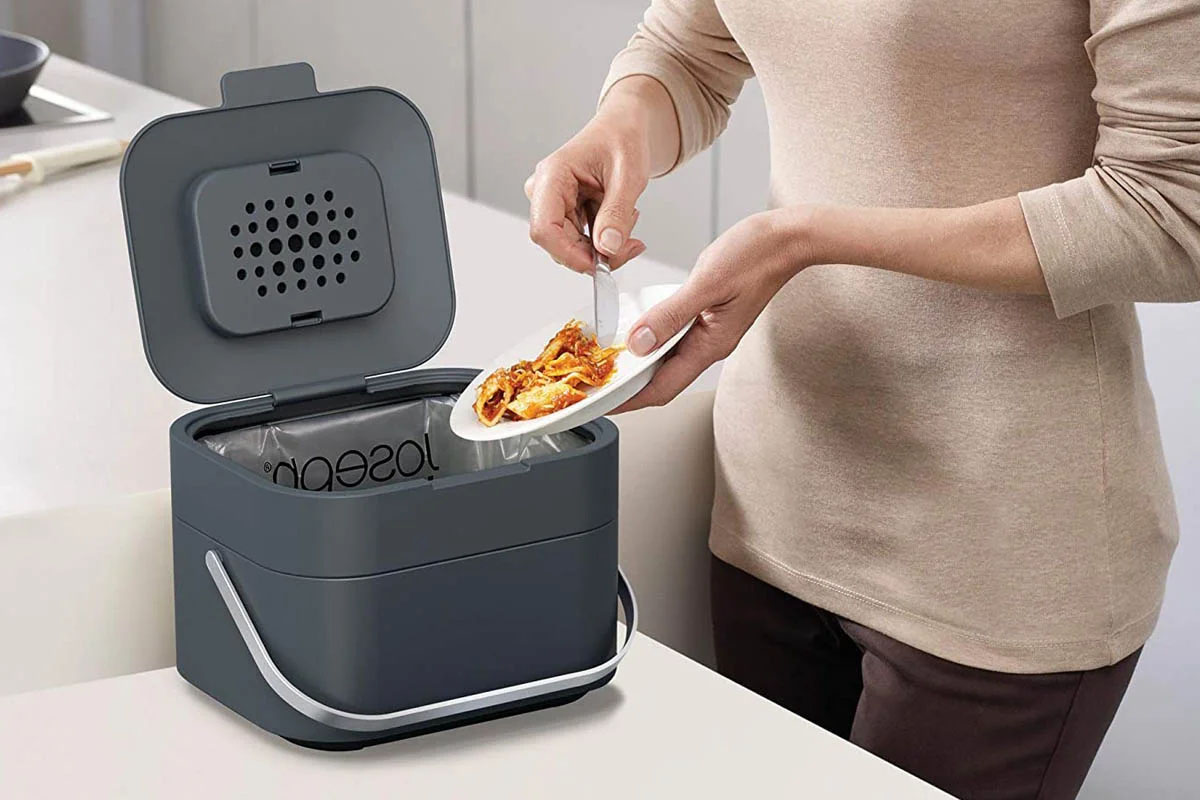
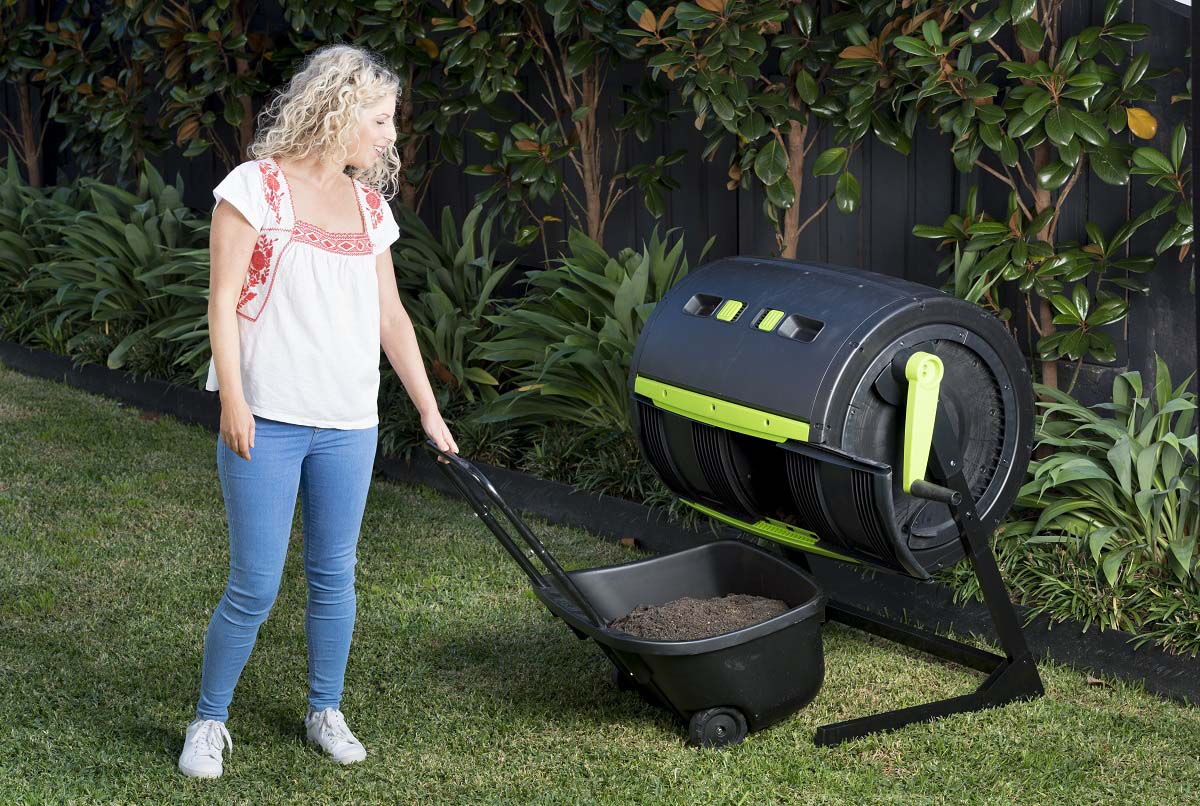
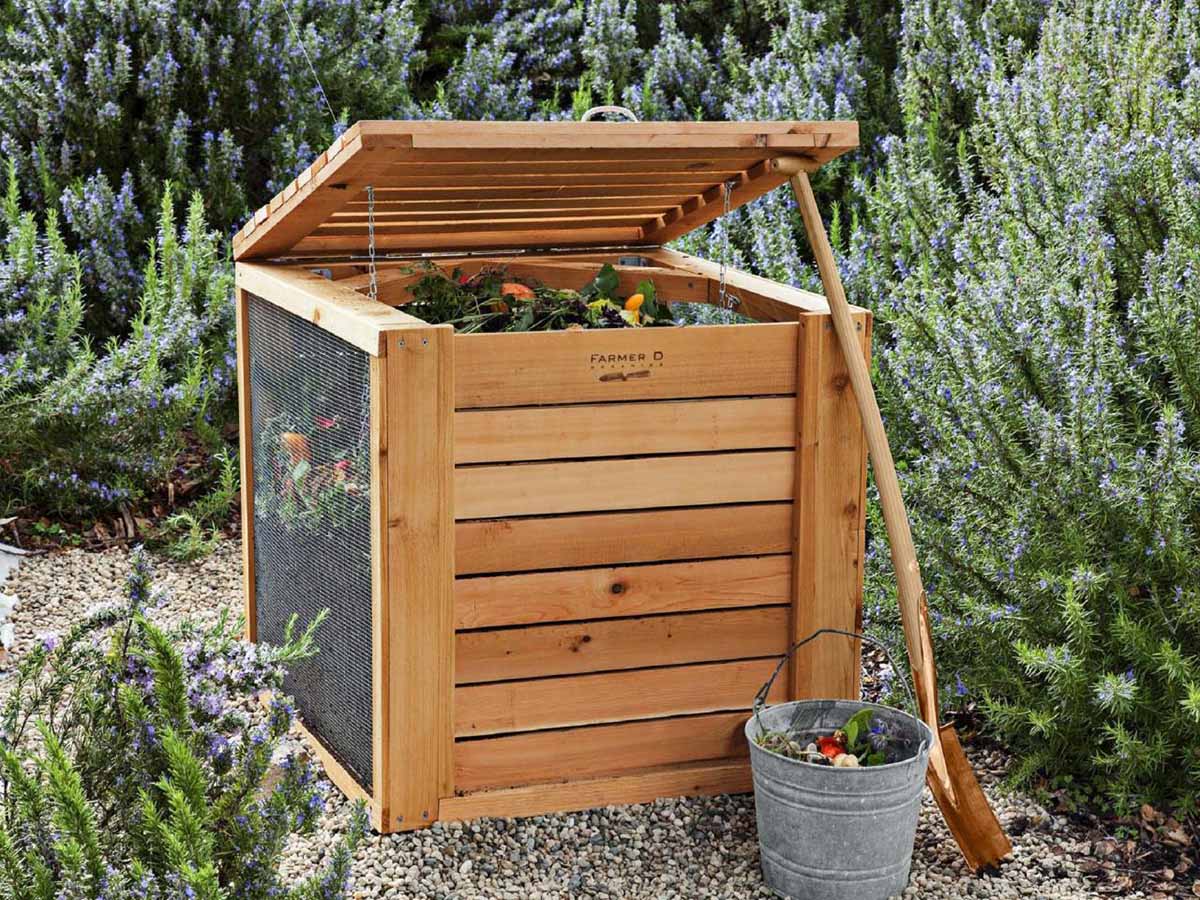
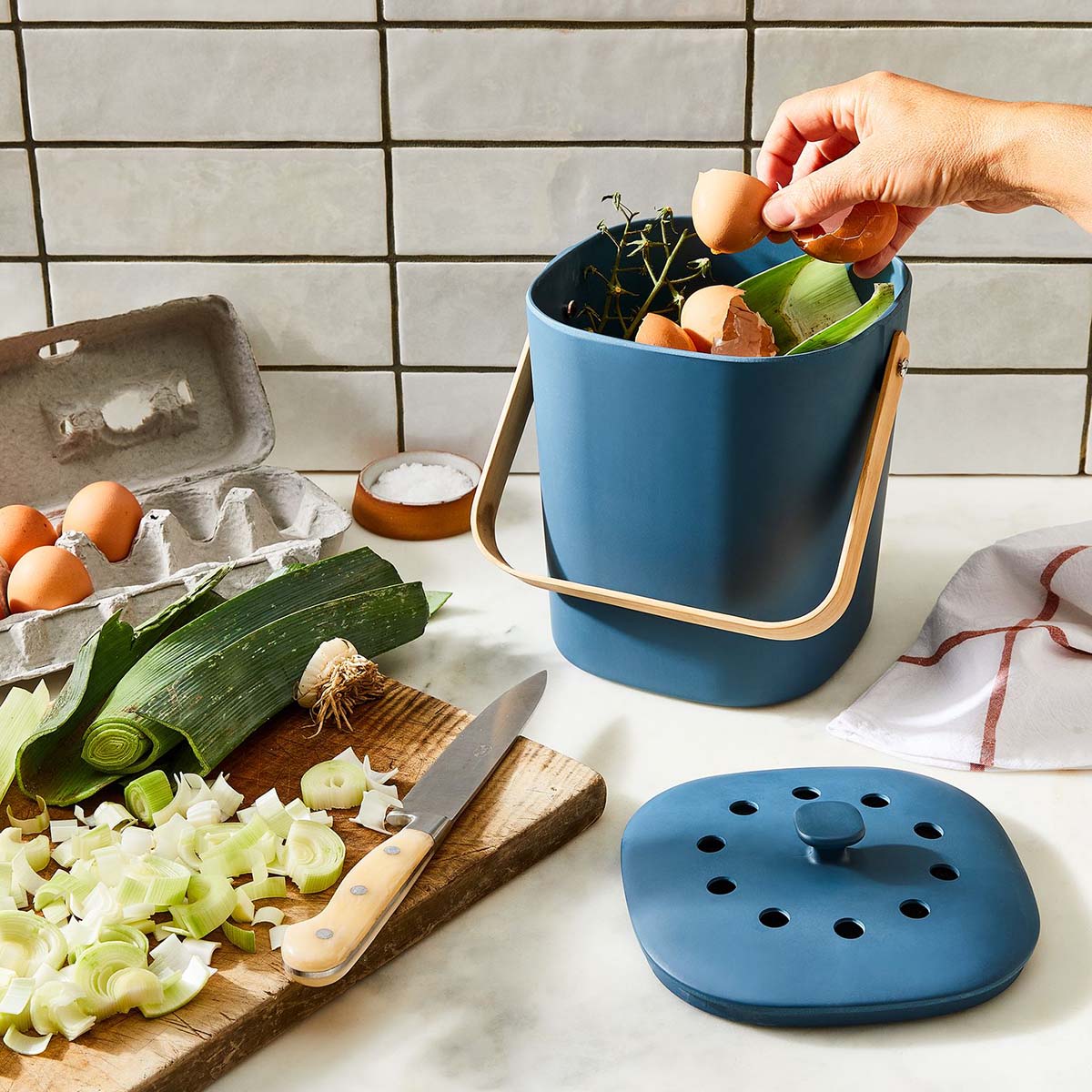
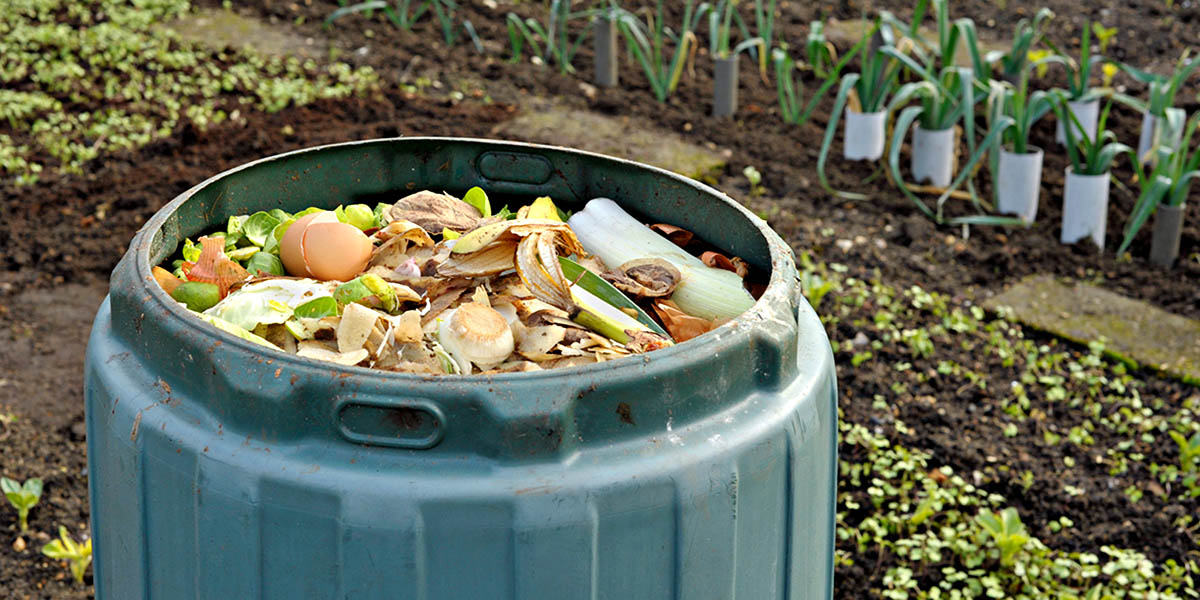
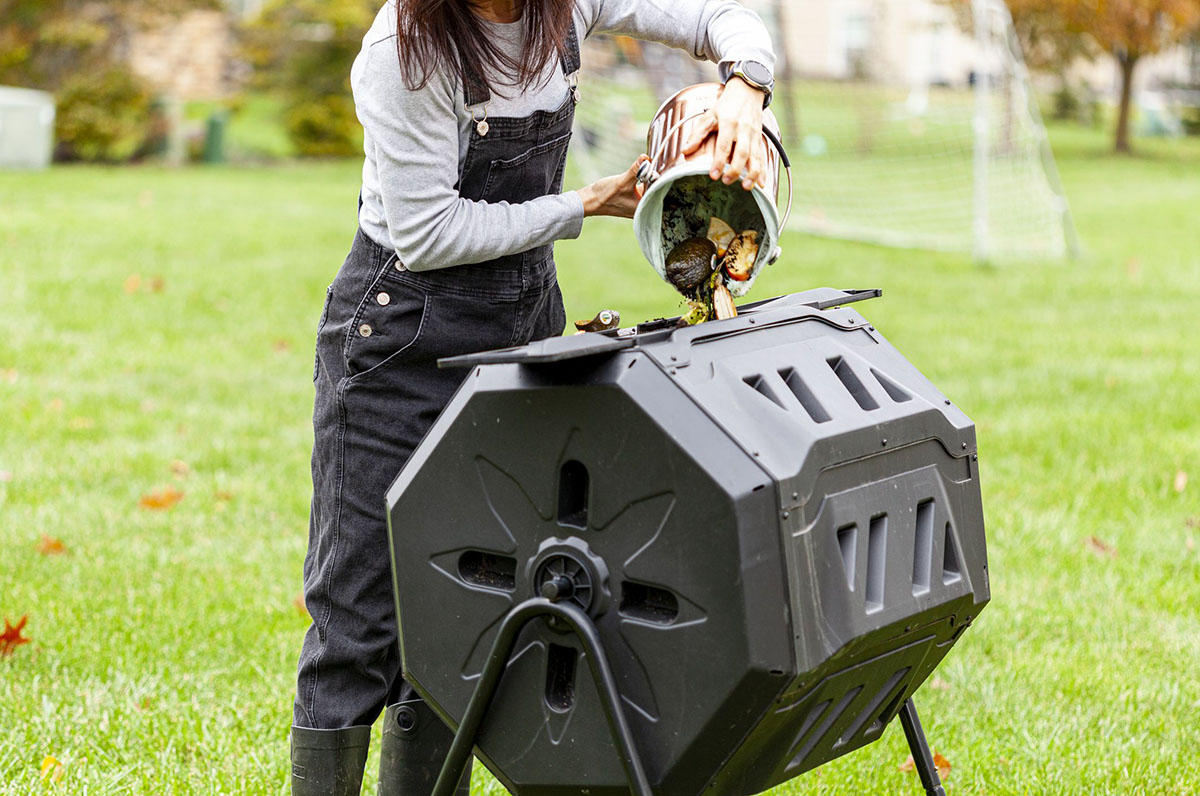
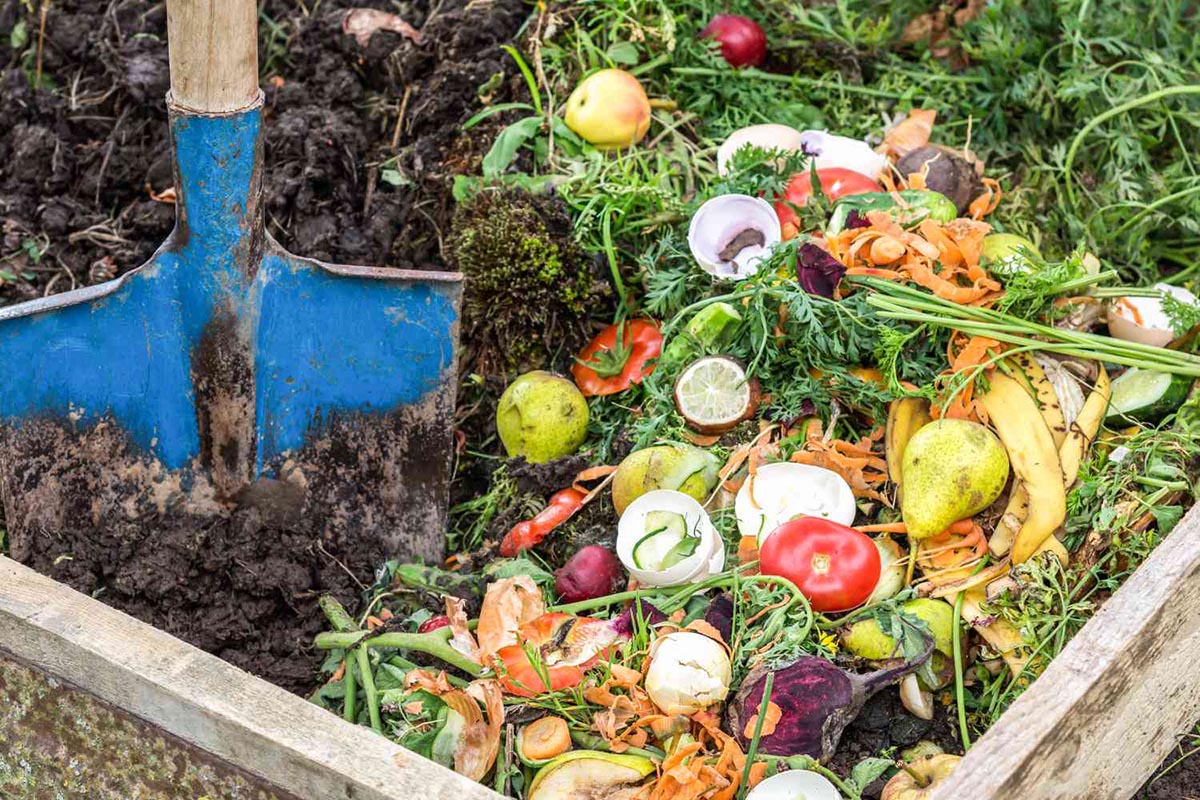
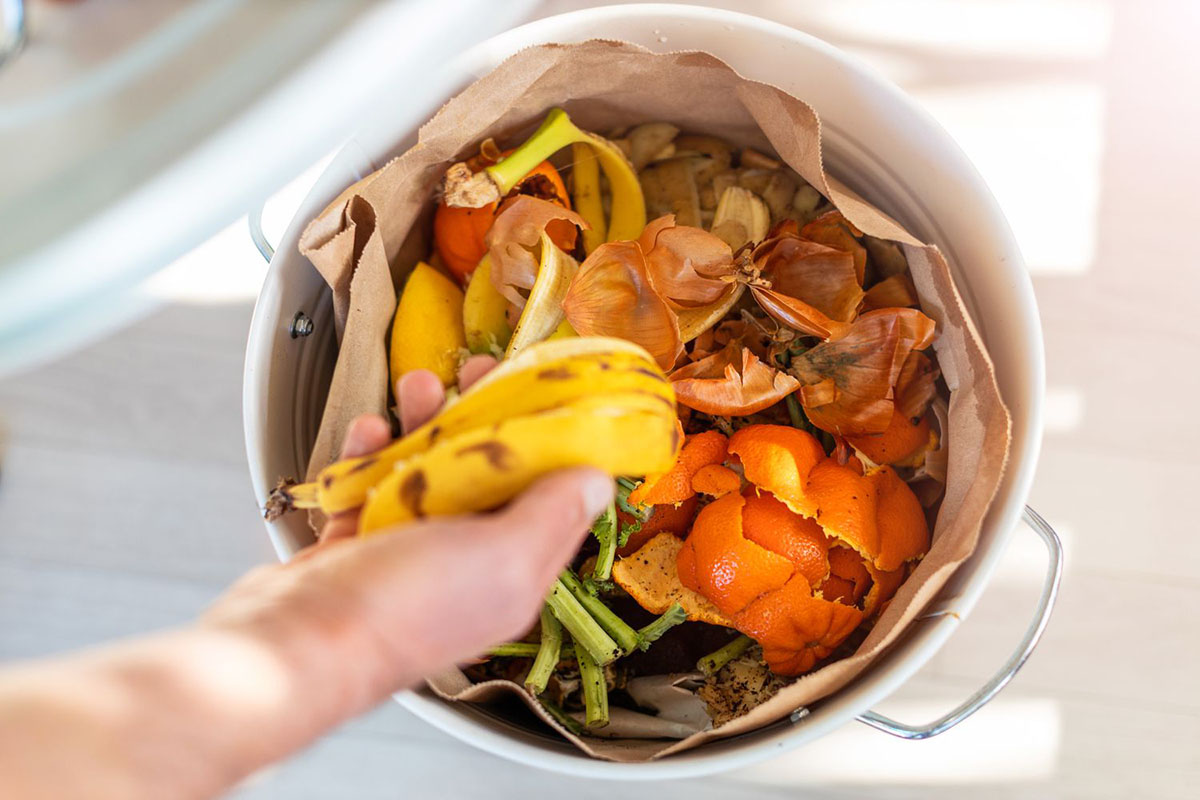
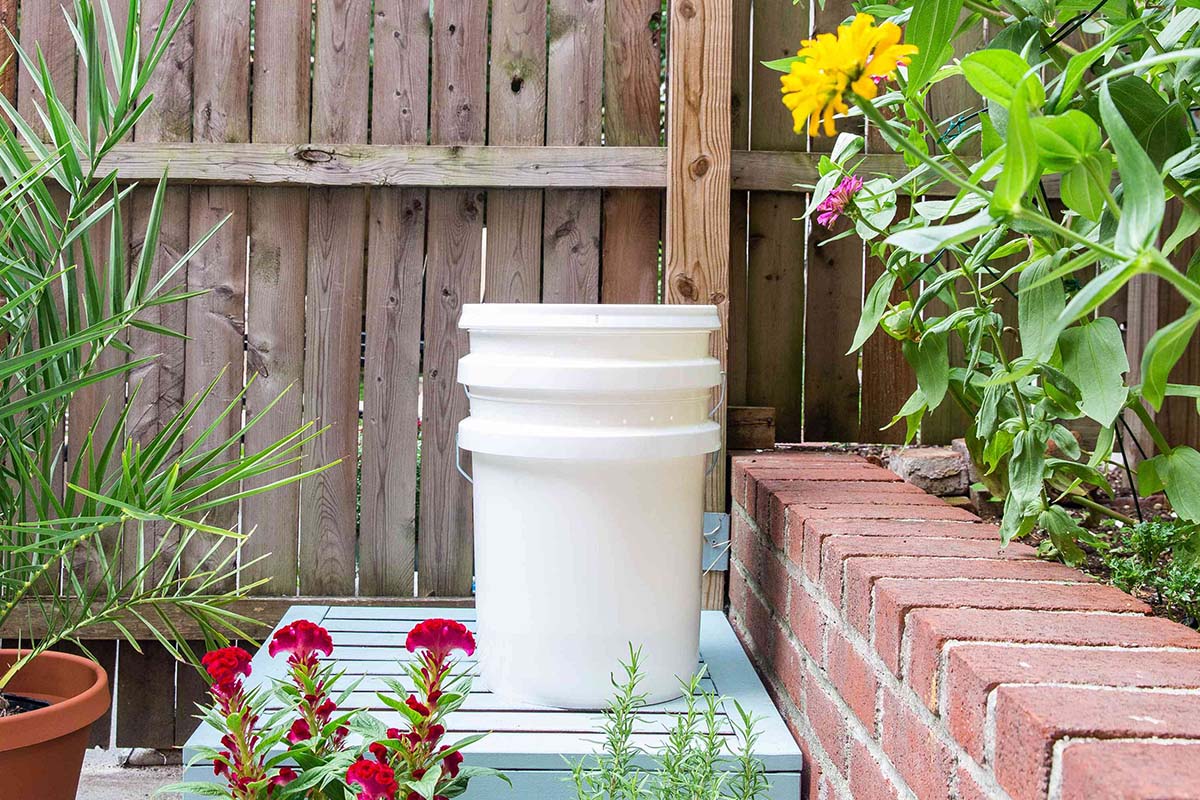
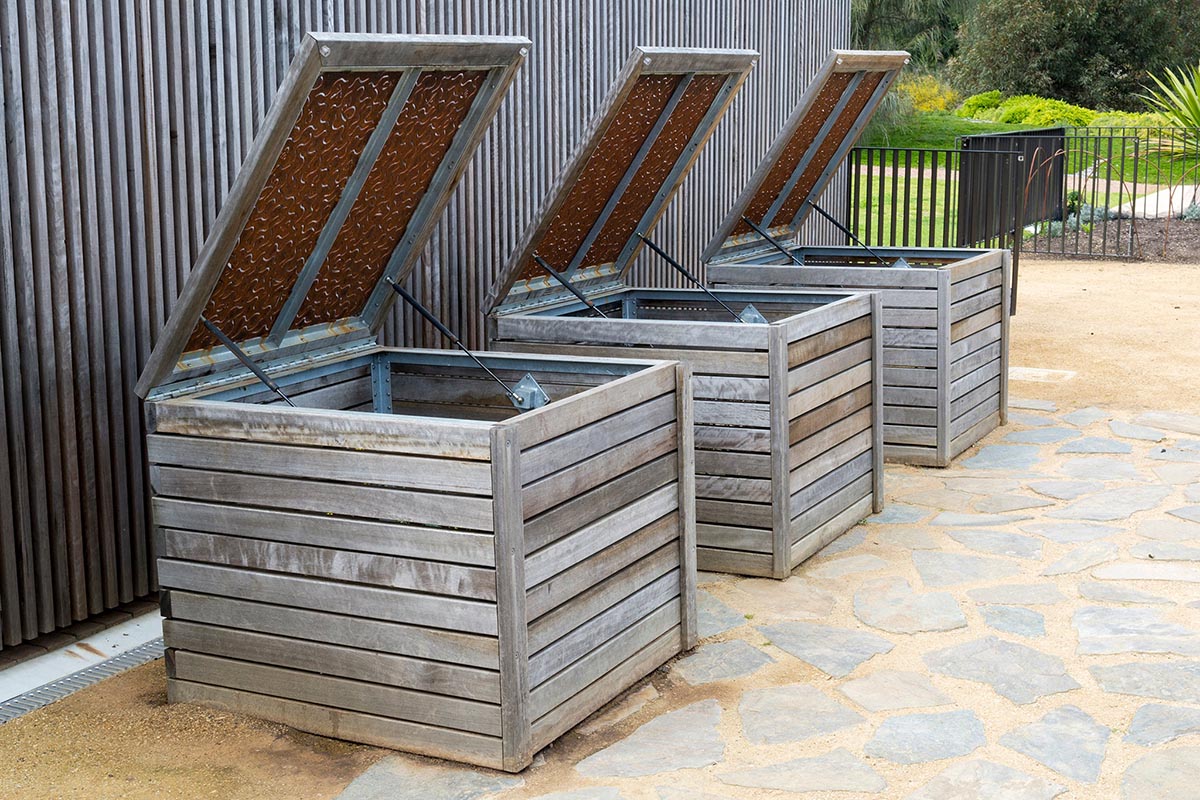
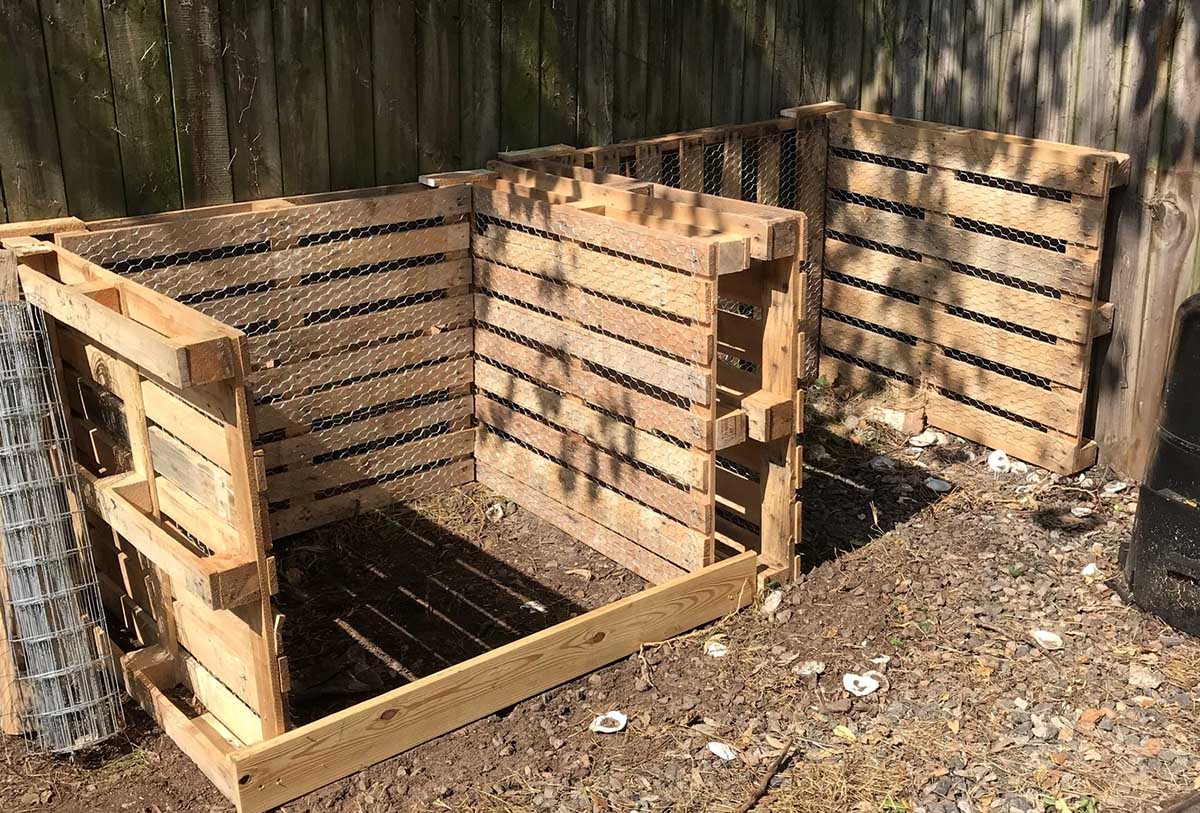
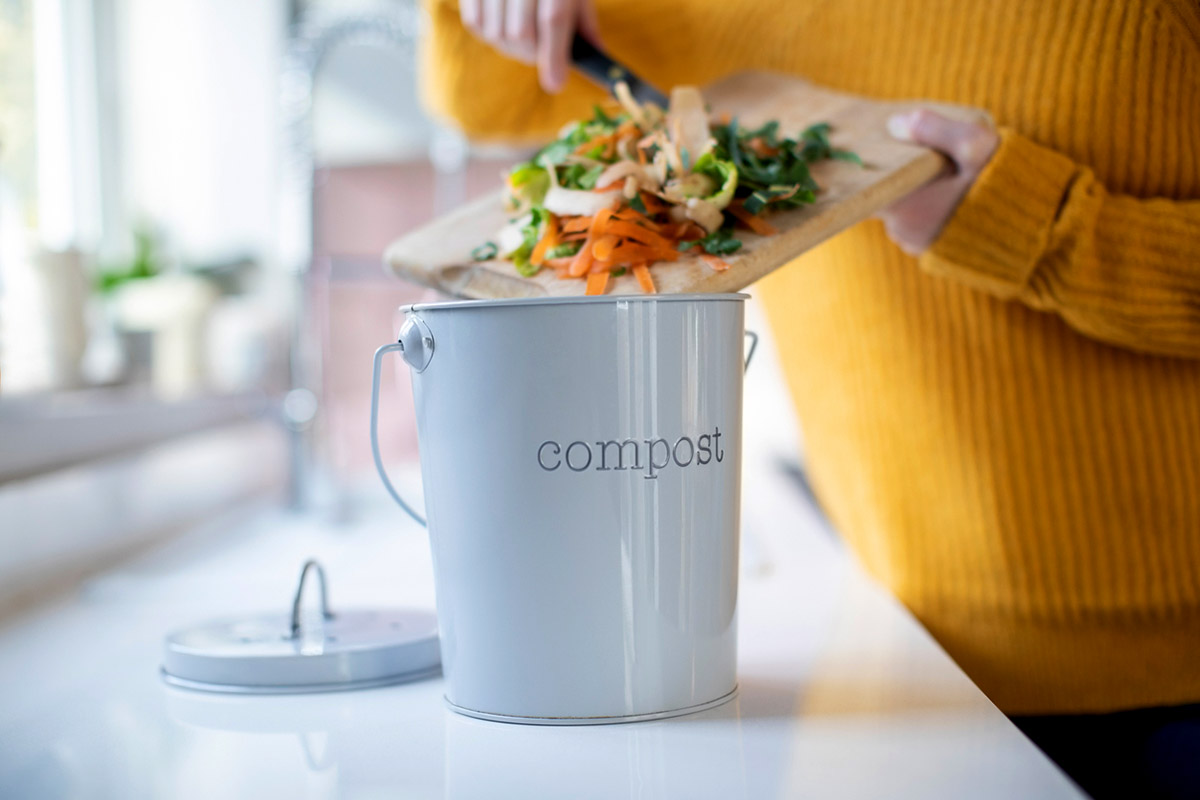
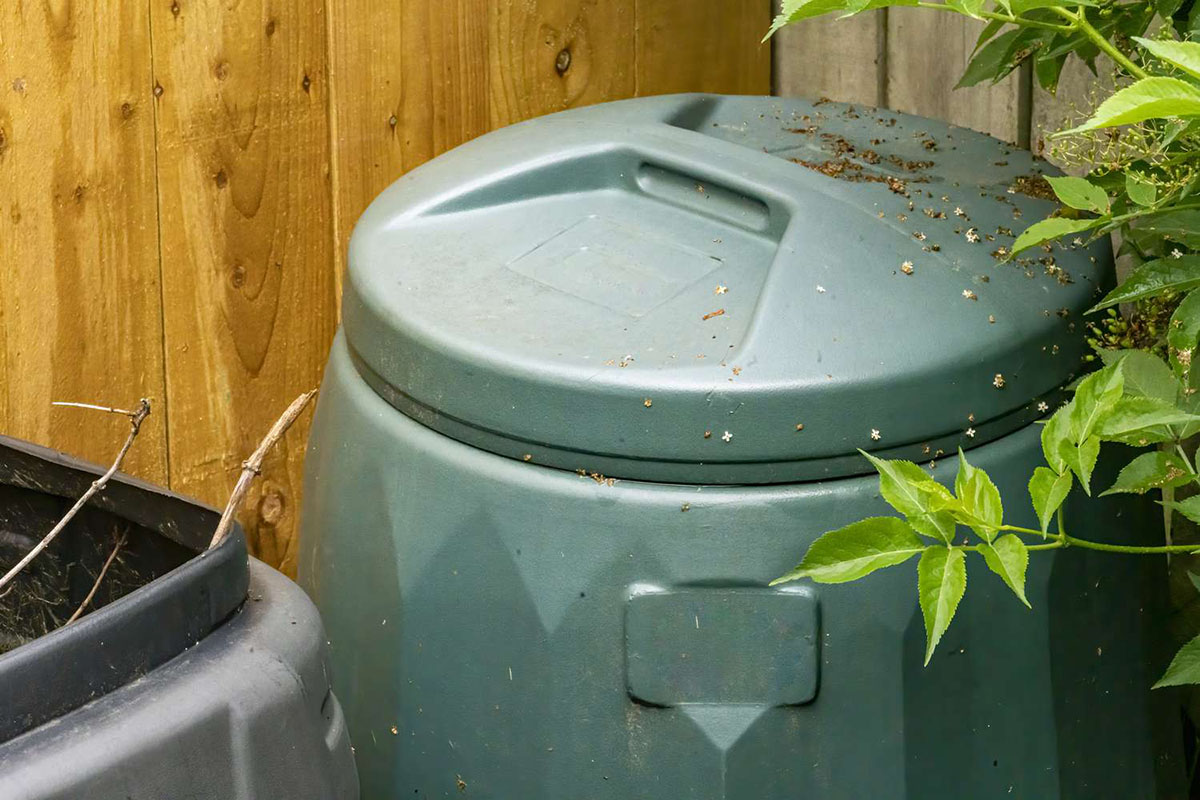
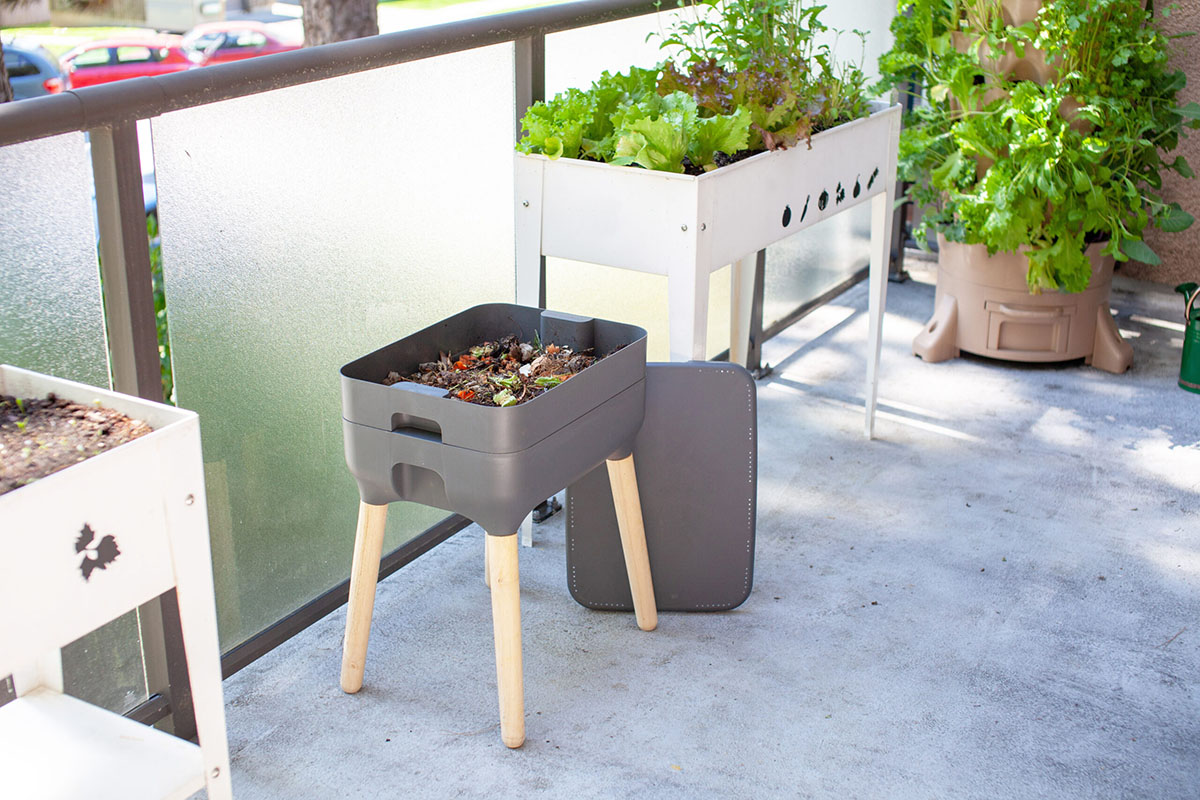

0 thoughts on “How To Use A Plastic Compost Bin”